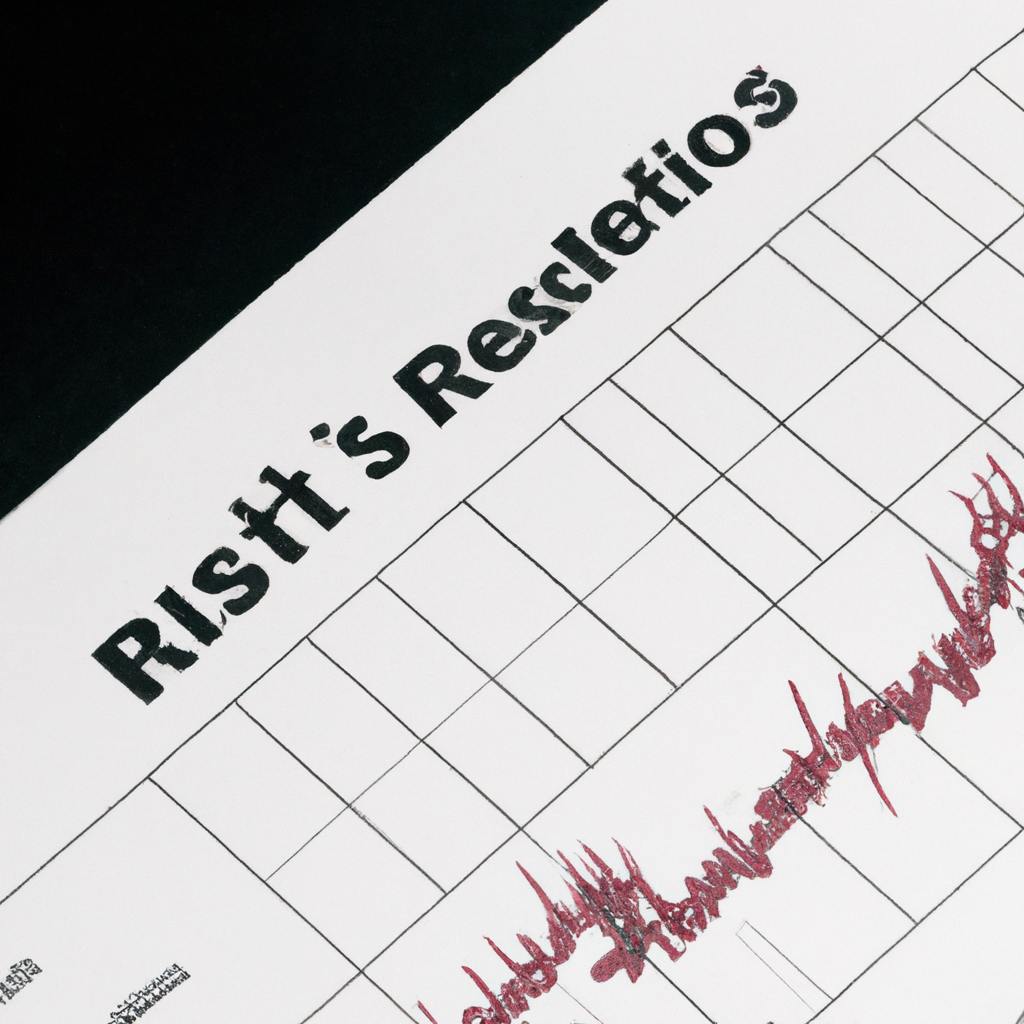
Using RSI for Identifying Market Momentum
Relative Strength Index (RSI) is a popular technical indicator used by traders to identify overbought or oversold conditions in the market. However, RSI can also be a powerful tool for identifying market momentum. In this article, we will discuss how you can use RSI to gauge the strength of a trend and make better trading decisions.
Understanding RSI
RSI is a momentum oscillator that measures the speed and change of price movements. It oscillates between 0 and 100 and is typically used on a 14-day timeframe. A reading above 70 indicates that a security is overbought, while a reading below 30 indicates that it is oversold.
Using RSI to Identify Market Momentum
When using RSI to identify market momentum, traders look for divergences between RSI and price movements. A bullish divergence occurs when the price makes a new low, but RSI does not confirm it by making a higher low. This indicates that the downtrend may be losing steam and a reversal could be imminent. Conversely, a bearish divergence occurs when the price makes a new high, but RSI does not confirm it by making a lower high. This suggests that the uptrend may be weakening and a reversal could be on the horizon.
Interpreting RSI Levels
In addition to divergences, traders can also use RSI levels to gauge market momentum. A reading above 50 indicates that the market is in an uptrend, while a reading below 50 indicates that it is in a downtrend. A reading above 70 suggests that a security is overbought and may be due for a pullback, while a reading below 30 suggests that it is oversold and may be due for a bounce.
Combining RSI with Other Indicators
While RSI can be a powerful tool on its own, it is often more effective when used in conjunction with other technical indicators. Traders can combine RSI with moving averages, trendlines, or other momentum oscillators to confirm signals and make more informed trading decisions.
Conclusion
RSI is a versatile tool that can be used to identify market momentum and make better trading decisions. By understanding how to interpret RSI levels and divergences, traders can gain valuable insights into the strength of a trend and anticipate potential reversals. Remember to always use RSI in conjunction with other indicators for a more comprehensive analysis of market conditions.





